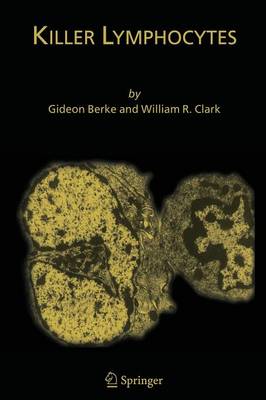The existence of a unique kind of immune cell – the killer lymphocyt- which destroys other cells in a highly specific manner, has fascinated immunologists for almost half a century. How do these cells, whose precursors have lived in communal harmony with their host, decide that some of their cohabitants must die? And how do they kill them? The definition of killer lymphocytes came from discovery of their roles in a wide range of in vivo phenomena such as transplant rejection, virus infection and its related immunopathologies, and anti-tumor responses. Yet for the most part almost everything we know about these cells has come from studying them in vitro. They have yielded their secrets slowly and reluctantly. To understand fully how they work, geneticists and immunologists had to unravel the major histocompatibility systems of vertebrates, a long and torturous road that provided some of the darkest hours of immunology. The search for antigen-sensing receptors on both T cells and NK cells was scarcely less frustrating. And the holy grail of ce- mediated cytotoxicity – defining the mechanism by which killer cells take down their adversaries – sorely tested the ingenuity, patience and mutual good will of laboratories around the world. These questions have now largely been answered. But do we really understand these cells? We can tame them to a large degree in transplant rejection. It may yet turn out that we can harness their immunotherapeutic potential in treating viral and malignant disease.
- ISBN13 9781402065637
- Publish Date 20 September 2007 (first published 1 January 2005)
- Publish Status Active
- Publish Country US
- Imprint Springer-Verlag New York Inc.
- Edition 1st ed. 2005. 2nd printing 2007
- Format Paperback
- Pages 361
- Language English
